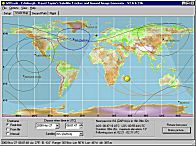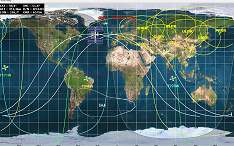
Jose Mtanous
jmtanous@gmail.com
LOCATION
Hotel Termas de San Joaquin
DATE
2011-03-05 and 2011-03-06
EQUIPMENT
Camera QHY9M for Luminance QHY8L for Color Telescope Televue NP101is @ f/4.3 (for L) William Optics Megrez 90 @ f/5 (for RGB) Mount Celestron CCE Exposure 50 x 10min for L 37 x 10min for RGB Total exposure time: 14h Processing Acquired and Calibrated with Nebulosity. Stacked, Stretched, Cropped, Saturated and resampled with Pixinsight SQM: 21
DESCRIPTION
Leo triplet and NGC3628 tidal tail.


Download Nebulla-Images.Zip



